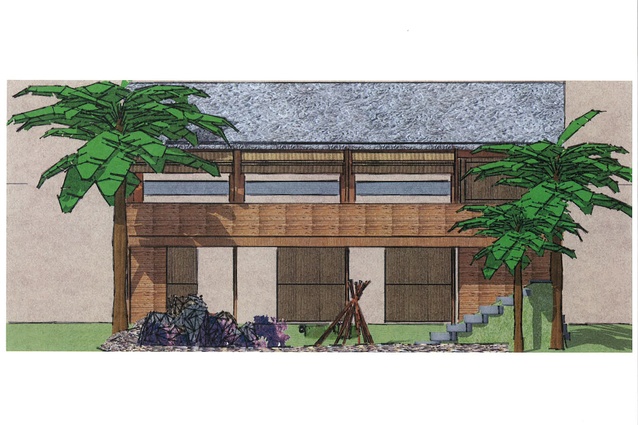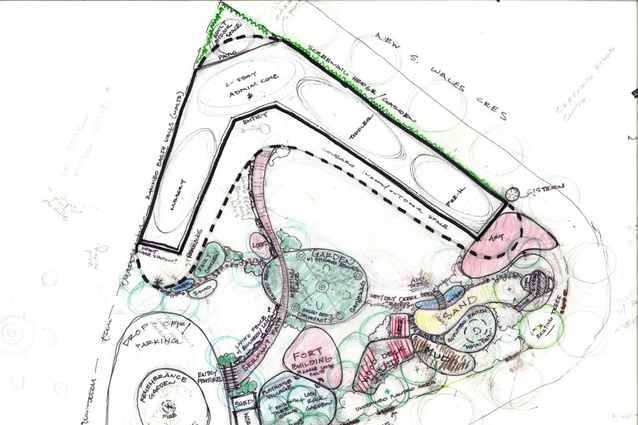Inspiring spaces for children
The World Forum Foundation’s Global Collaborative OnDesign for Children, held in Rotorua, brought together architects and educators from around the world to discuss best practice for ‘Designing Inspiring and Effective Spaces for Children’. Auckland-based architect (UK) Phil Smith of Collingridge and Smith Architects attended the event and shares his thoughts with Architecture New Zealand.
From 11–14 March 2015, I attended the World Forum Foundations’ working group session held at the Distinction Hotel Rotorua. This is a tri-annual event focused on bringing together design professionals, educators, funders and environmental advocates for children from all across the world to facilitate a dialogue on best practice in design for children. A total of 150 people, with varying backgrounds, attended from the United Kingdom, USA, Canada, Africa, Cambodia, Australia, Denmark and, of course, New Zealand.
The forum focused on four universal principles around designing for children, on which various speakers gave talks and workshops:
- The power and importance of collaboration – why the voices of the architect, landscape architect, educator and child must all be part of the design process
- The importance of respecting the context of space and place in the design process
- The importance of the connection between inside and outside spaces in the design process
- The importance of the intention for the space (the pedagogy) in guiding the design process.
However, this working forum differed from the previous event held in San Francisco, in that it was focused on 15 interdisciplinary teams working on three real project sites in Australia, Cambodia and Ghana. The client teams from each project attended to present their briefs and to provide hands-on information about their projects. The teams then came up with five design proposals for each site.
Five design groups developed a proposal for a new site at the Manuka Child Care Centre (MOCCA), a community-based childcare service in Manuka, Canberra, with a focus on acknowledging the indigenous Ngunnawal people.
Another five design groups worked on a new centre for children and families within the Samaky community, a small settlement on the urban fringe of the town of Siem Reap in Cambodia. The community is made up of approximately 80 households that are among some of the most financially disadvantaged in Cambodia.
The International Child Resource Institute in Ghana was the third project site developed during the working forum by the remaining five design teams. The community of Asuboi, like many in Ghana, requires a multi-purpose early-childhood facility to serve its local children and families, alongside maternal and child health services, a place for the community to gather, and indoor and outdoor spaces for learning and play.
After three days of hard work by the three project teams, the resulting designs were displayed and discussed on the final afternoon, before the work was given to the actual client teams to take away and use. The World Forum is following up with the client teams over the forthcoming months to assist and to see what happens with the projects.
The highlight of the weekend, for me, was hearing David Trubridge speak about ‘beauty’ during his keynote address, touching on wide-ranging ideas from evolutionary psychology and neuroscience to sustainability and art. His main point essentially asked, “If something we design isn’t beautiful, then how can it be sustainable because its inherent value is lost?”
To keep track of progress on the working groups’ design proposals, and to review the work and share questions and ideas, see here.











